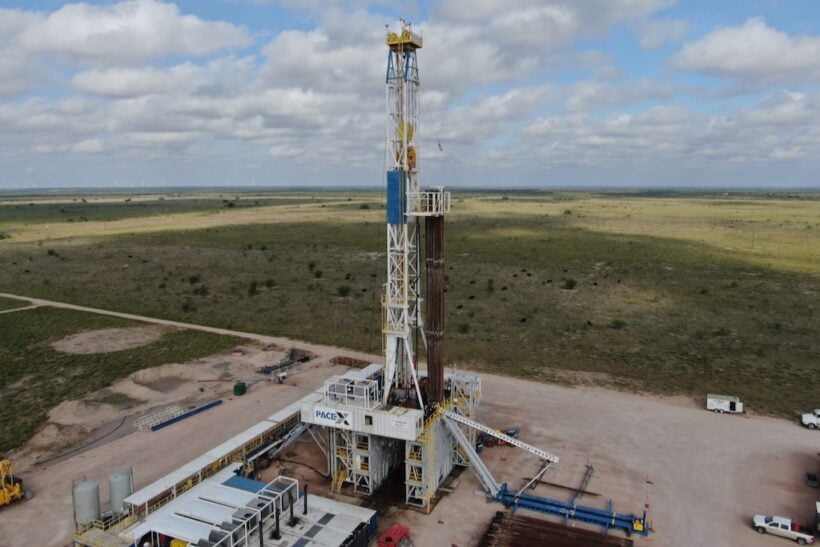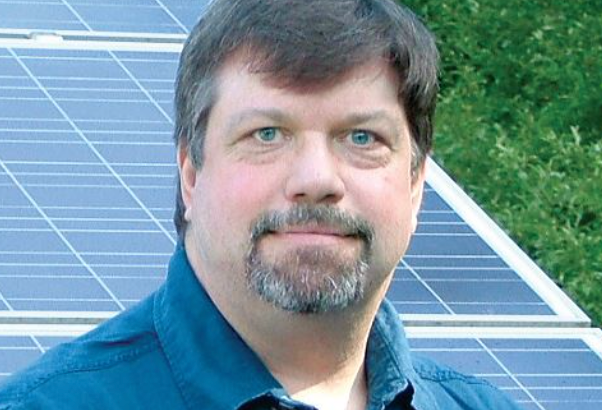Fort Bliss in Texas is one of the largest U.S. military bases, covering about 1,700 square miles. Home to the U.S. Army’s 1st Armored Division, it is also a site for the Pentagon’s efforts to develop clean energy generation and microgrids for delivering electricity at its installations.
Sage Geosystems, a Houston-based developer of geothermal energy and storage technologies, has a Department of Defense contract to examine the feasibility of installing a geothermal power system for Ft. Bliss. The U.S. Army Climate Strategy has a target of reducing greenhouse gasses from its facilities by 50% by 2030 (with a net-zero goal by 2050) and installing a microgrid on every base by 2035 in order to enhance energy security.

Harnessing Dry Rock Geothermal Energy
A unique aspect of Sage’s technology is that it strives to tap into heat and pressure in what are known as dry-rock formations. Most installed geothermal systems are based on hydrothermal formations, where the geology interacts with existing water near the surface to produce steam. While the latter are relatively easy to extract heat from to run turbines for electricity, they are also relatively rare and relegated to regions with volcanic activity.
“There are 16 gigawatts of geothermal power generation around the world,” said Cindy Taff, CEO of Sage Geosystems. “And all of that is hydrothermal, which geologically is a rare occurrence. Our understanding of geology and drilling techniques are enabling us to realize a goal of deploying geothermal energy everywhere.”
Sage’s technique drills down into rock formations to a depth of 9,000 to 20,000 feet where the ambient temperature is between 218 and 485 degrees Fahrenheit. This heat exists essentially everywhere. Fluid pumped into well reservoirs is heated by the surrounding rock and is then extracted to run a Rankine cycle turbine that runs on lower temperatures. Even better, it can heat “supercritical” CO2 (which has been pressurized to a near-solid state) to drive a turbine, which Taff says is more efficient. Sage has designed and built and is now testing a supercritical CO2-cycle generator.

In a production facility, about 18 wells are envisioned that would produce a steady output of 50MW, enough to power at least 10,000 homes. Not all the wells are active at the same time. The process of introducing fluid to be heated and extracted eventually cools the surrounding rock. However, this heats back up again over time due to the ambient geological conditions. Plant managers rotate active wells, rather like farmers rotate crops, to keep the facility productive.
Utilizing Fossil-Fuel Industry Tech
Taff said the company makes use of “off the shelf” drilling and related equipment from the oil and gas industry to construct its geothermal wells and reservoir fields. It’s an interesting example of fossil fuel technology being used to create clean energy.
“Our technology relies on geological analysis and modeling that also originated in the oil and gas drilling industry,” Taff said.
If the economics prove promising, the Ft. Bliss feasibility study could evolve into a test facility. Sage performed a similar study at the U.S. Air Force’s Ellington Field base in south Texas two years ago and is now building a prototype geothermal plant there. The technology can also be applied to long-term energy storage by using the Earth’s heat to keep fluid reservoirs at usable temperatures, ready to be tapped. The company has a contract with the Electric Reliability Council of Texas to build a 3MW geothermal energy storage facility for deployment later this year.












